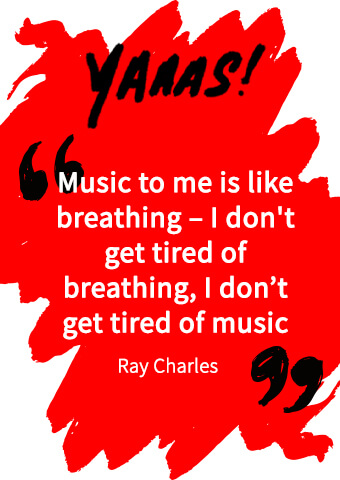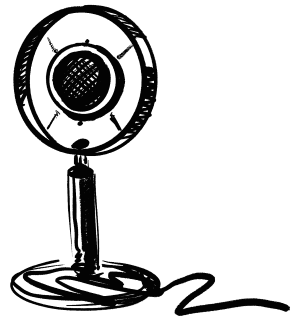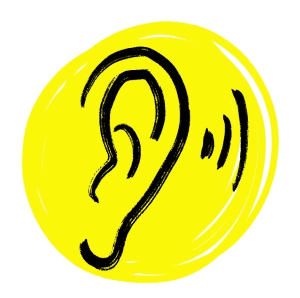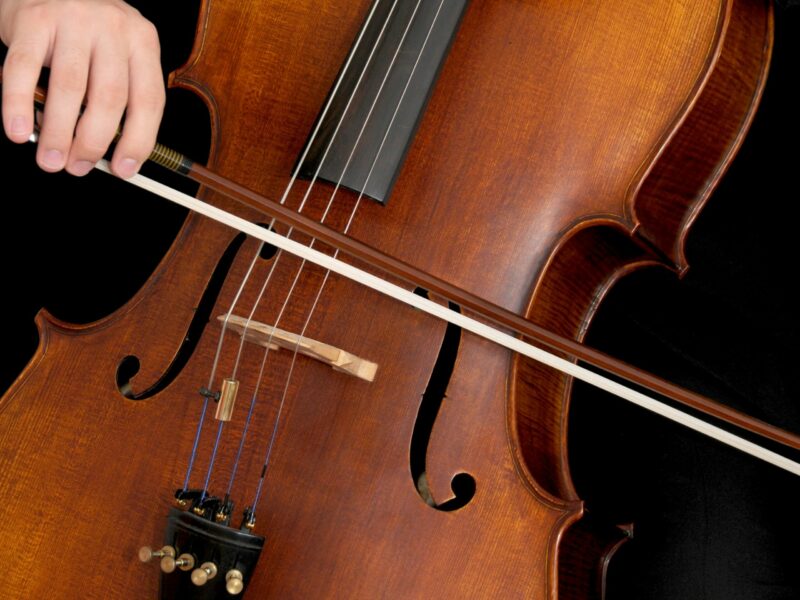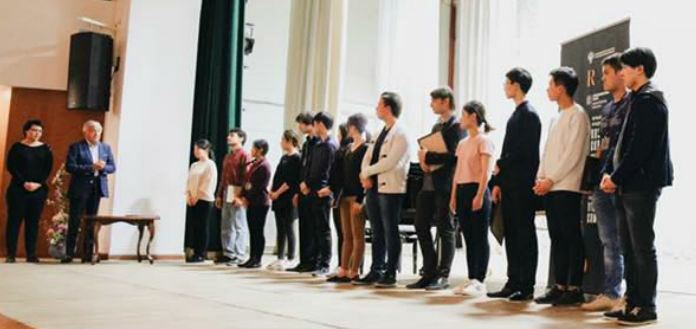Violinist Kurt Sassmannshaus Talks Using Scales to Improve Your Technique
"How should violinists effectively practice scales to improve their technique?" We threw the question over to the University of Cincinnati's Conservatory of Music violin pedagogue, Mr Kurt Sassmannshaus.
Scales are an essential part of most violinists' daily violin practice. As all of you know, improving is more about how well you practice than how much you practice. For something as repetitive as scales, over time it can be easy to lose focus and interest and miss important aspects of your practice. The Violin Channel member Michael needed some advice on the matter.
How do you practice scales? What are you trying to improve while working on them? Please let us know in the comments below. We’re all keen to learn more from you.

KURT SASSMANNSHAUS ON HOW TO PRACTICE SCALES EFFECTIVELY
Hi Michael,
Scales are an efficient daily element of your practice schedule to improve and check the accuracy of your technique. Practiced with full concentration they will constantly fine tune your abilities and keep you from developing bad habits. You will need two more tools besides your violin and bow for the most effective use of your time: a mirror and a metronome.
I recommend to set the metronome number to 52, and to start with two quarter notes on one bow. Then you move to eighths and sixteenths notes, the meter stays always at two beats per bow, that does not change. Only when your strings are parallel to the mirror surface can you caccurately judge the right angle between the bow and the strings. Progress gradually from slow to fast tempos and concentrate only on keeping your bow parallel to the bridge.
Concentrating on only one detail at a time is most important for effective practicing. Don’t try to repair two issues at once, you won’t do either of them justice.
If you concentrate on playing with a straight bow, judge only that. Likewise, when you work on shifting on your scales, make that your singular focus. Analyze very slowly how you perform each shift: when to release finger pressure, control the motion and hand position etc. Then start (always with metronome) at a slow speed and increase the tempo as long as your shifts work properly. Stay with it for a week or two until it works smoothly and effortlessly.
Once you formed a new habit, daily repetition for a week or two is necessary to solidify a technical skill. After you have solved one task, then focus on the next issue.
Of course you keep an eye on the last improvement you made, but your main focus is always on only one issue. Our brain works best that way, and your progress will be fast and lasting. Make the mirror and the metronome your best friends. They will save you lots of time.
Here are suggestions for some single issues you can focus on:
Left hand: intonation; shifting; articulation; left elbow position when you cross strings and go into high positions; violin position.
Right hand: sounding point; bow distribution and bow speed; bow pressure; sound quality; keeping the same bow grip from frog to tip; string crossings; the level of the upper right arm for each string; not raising your right shoulder.
Changing rhythms is a good way to keep scales challenging: Divide the scale into groups of 12 notes. With a slow metronome beat, play 2 eighth notes on the first beat, then 4 sixteenths on the second beat, then one sextuplet on the third beat. Keep going up and down repeating this pattern. You can practice this legato or detaché (separate notes). You can revise the order: instead of 2+4+6 notes per beat, play 2+6+4, or 6+4+2 – your fantasy is the limit. Try 2+3+7! You can make patterns with groups of 6 or 8 notes.
Then you can invent bowing patterns: 10 notes legato, 2 separate. 8 notes legato, 4 separate. Or 6+6, 9+3. To reach Jedi status, superimpose one of the bowing patterns onto a rhythm!
You can watch examples of these exercises on www.violinmasterclass.com
—Kurt
Do you have a burning question for one of the Pros? Simply email: hello@theviolinchannel.com
A student of Igor Ozim and Dorothy DeLay, Kurt Sassmannshaus currently holds the Dorothy Richard Starling Chair for Classical Violin at the University of Cincinnati College-Conservatory of Music. His students include a number of international prize winners, prominent soloists, chamber musicians and orchestral leaders — including VC Artists Tessa Lark and Charles Yang. He is the founder of www.violinmasterclass.com and the Great Wall International Music Academy, in Beijing
may 2024





















